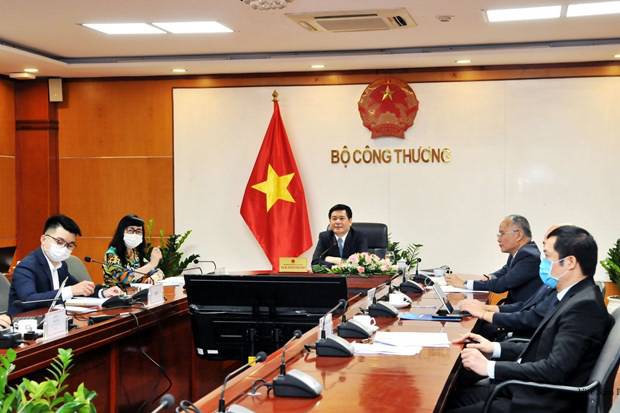
People's Republic of China: Three Cities of Guangxi Realizing Their Potential in Regional Networks
An ADB project improved living conditions in three cities in Guangxi Zhuang Autonomous Region, People’s Republic of China, to help unlock their potential as strategic regional transport corridors.









